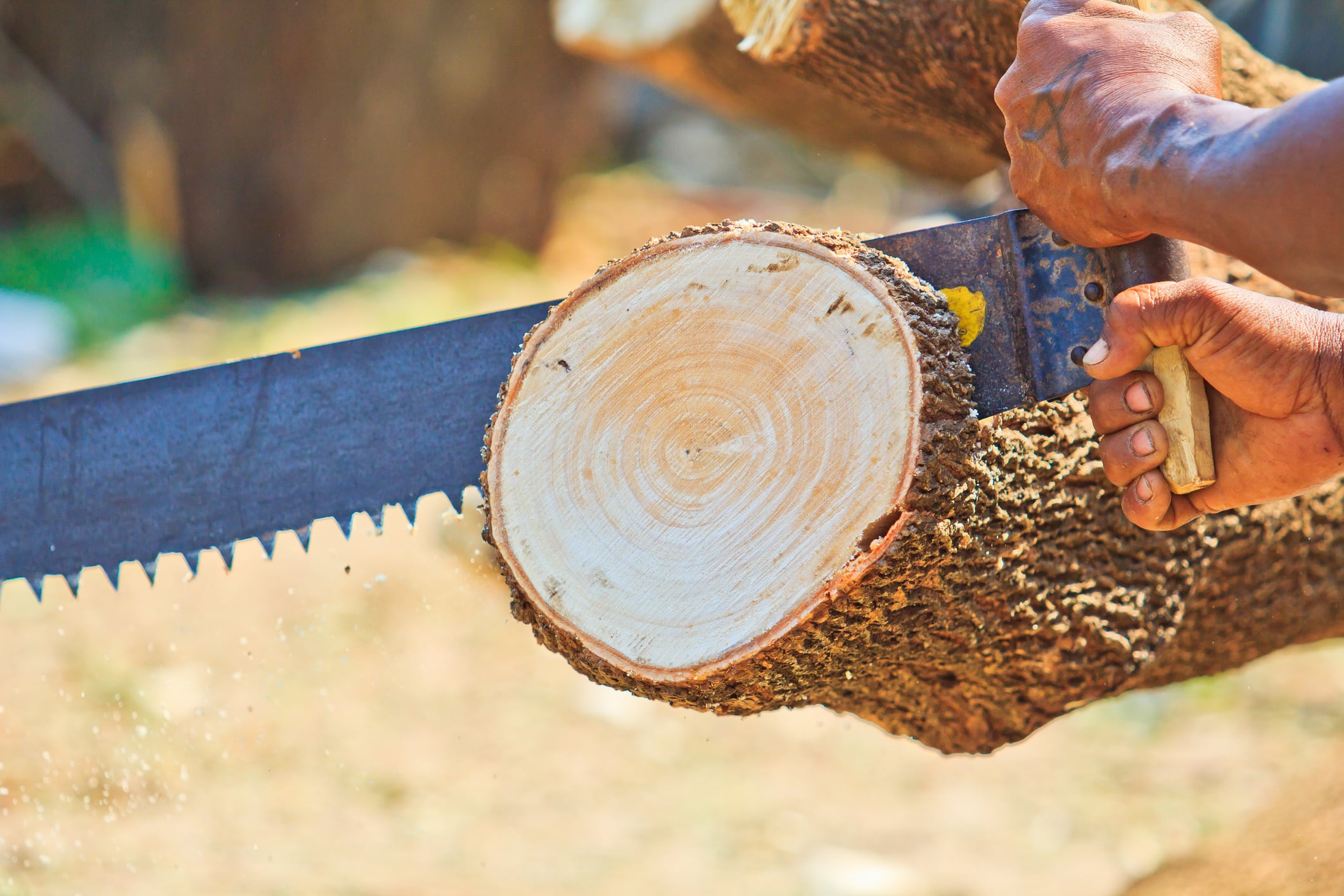The EUDR’s country benchmarking, which is yet to be released, aims to provide a deforestation risk level for each country. The risk level - high, medium or low risk - will signal the likelihood that each relevant commodity has of being linked back to deforestation.
According to recent reports, the benchmarking’s ‘high risk’ category will include only four countries - Belarus, North Korea, Myanmar, and Russia. According to NGO Earthsight, this would mean only 0.07% of imports of relevant commodities are considered “high-risk”.
Large-scale commodity producers such as Brazil and Indonesia have not been included. According to Earthsight, these will only be “standard risk”.
The listing, reports Euractiv, was revealed by three EU diplomats. The benchmarking document, according to Euractiv, was greenlit by all EU member states on Monday.
Since the announcement of the benchmarking, many exporter countries have lobbied to receive a low risk level. A ‘no risk’ category was suggested last year, but was scrapped.
In January this year, a number of NGO’s wrote a joint letter to the European Commission, urging them not to dilute the benchmarking’s goals after a commission communication suggested that ‘special attention’ would be paid to countries under EU Council or UN Security Council sanctions. Belarus, Russia, North Korea and Myanmar are all under EU Council sanctions.
“The law was created to address risks in EU imports - classifying only 0.07 per cent of imports as high risk undermines its very purpose,” said Earthsight’s director, Sam Lawson.
In response to a query, a spokesperson for the European Commission said that the benchmarking will be revealed no later than 30 June 2025. They declined to comment further.


